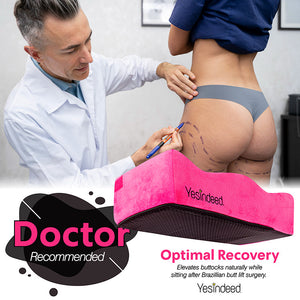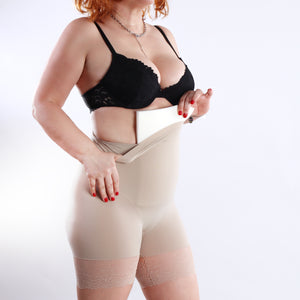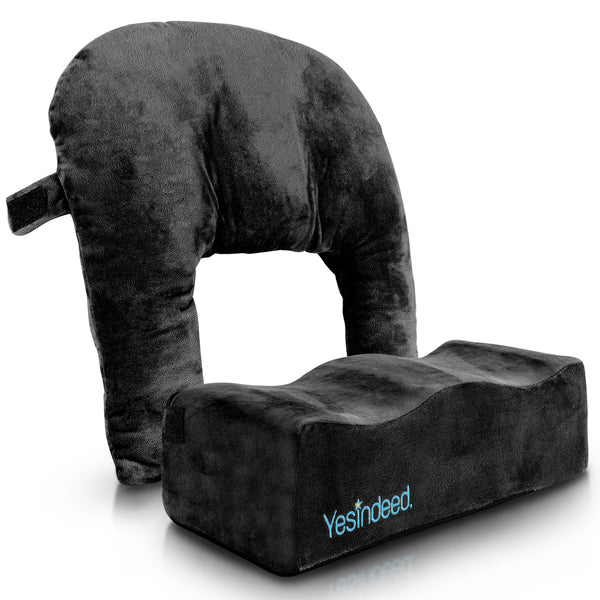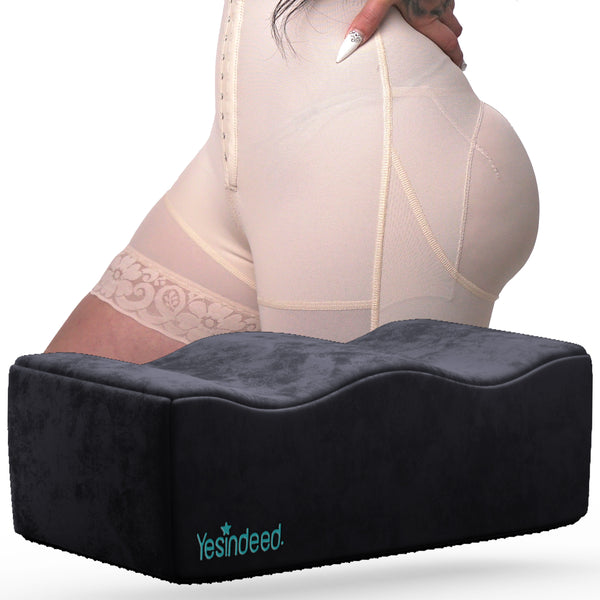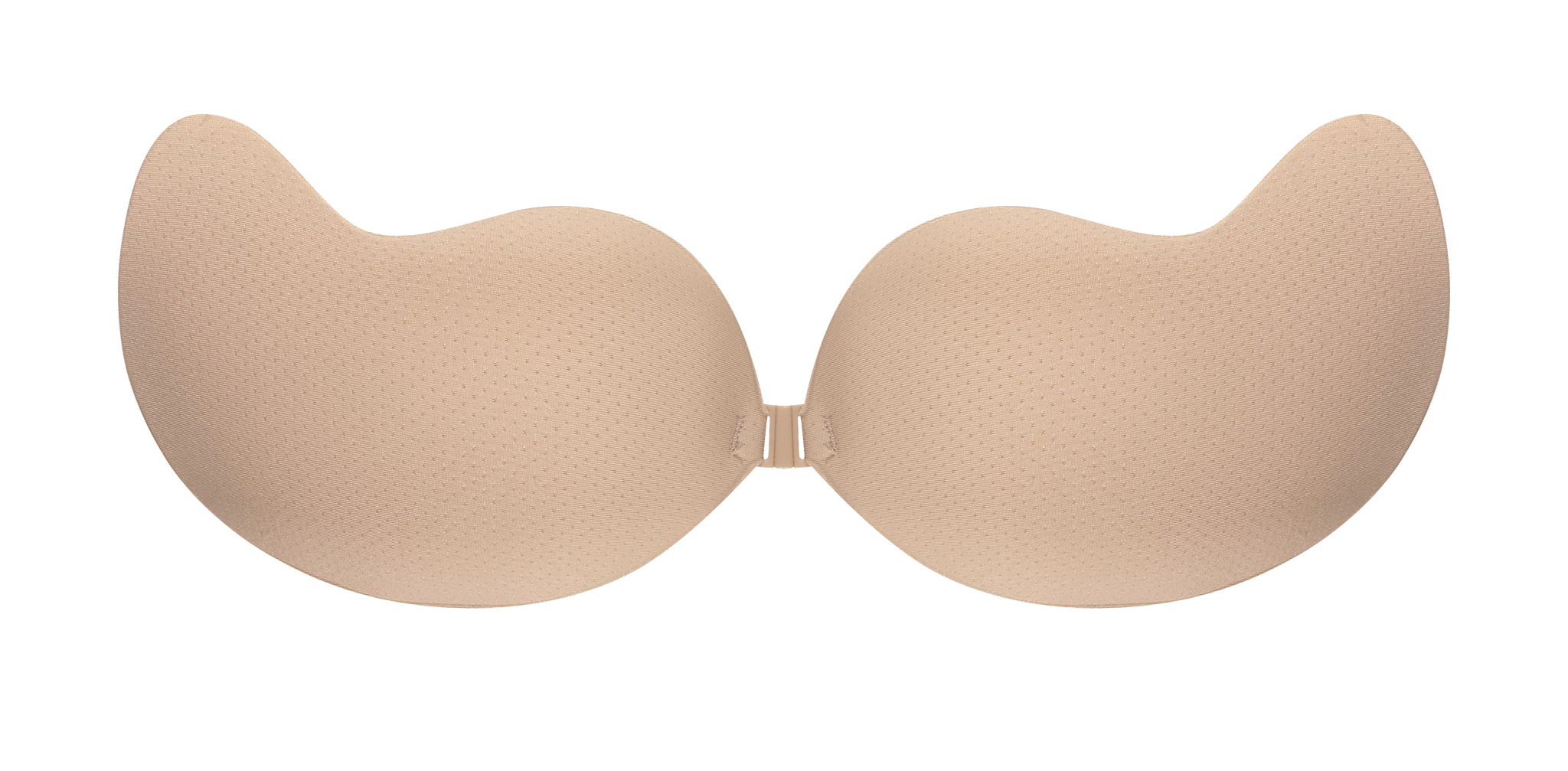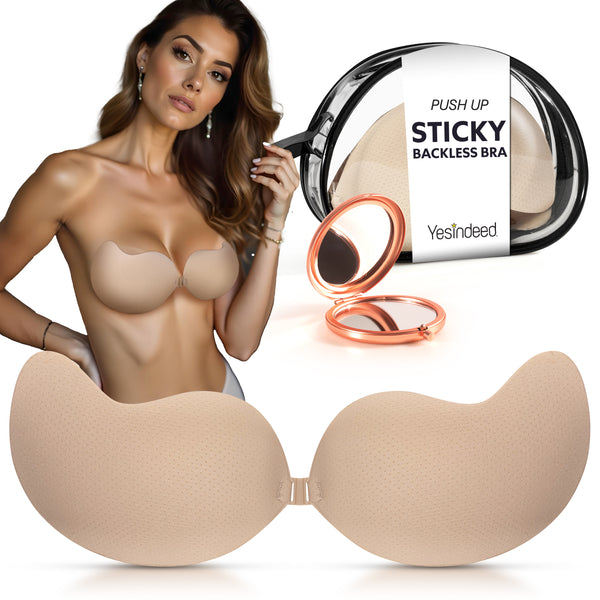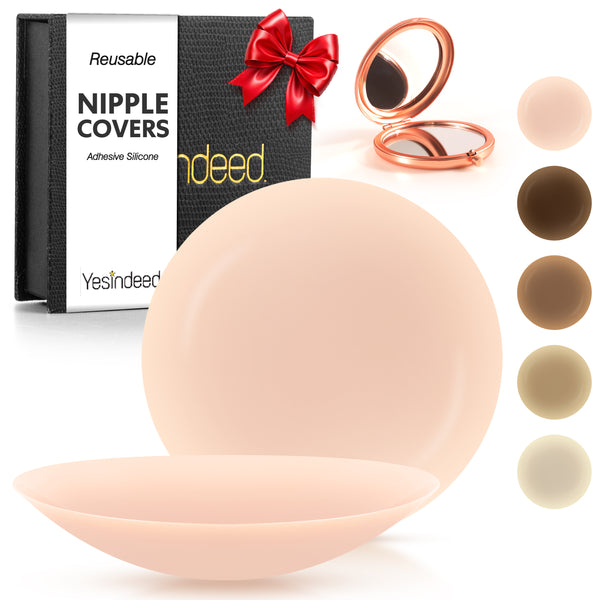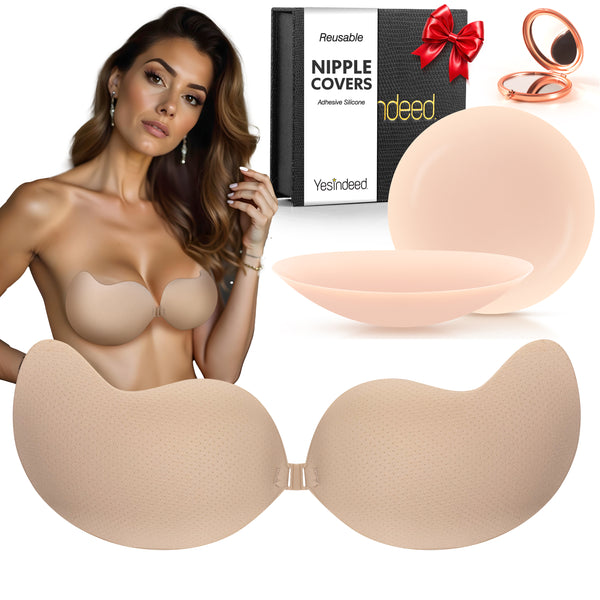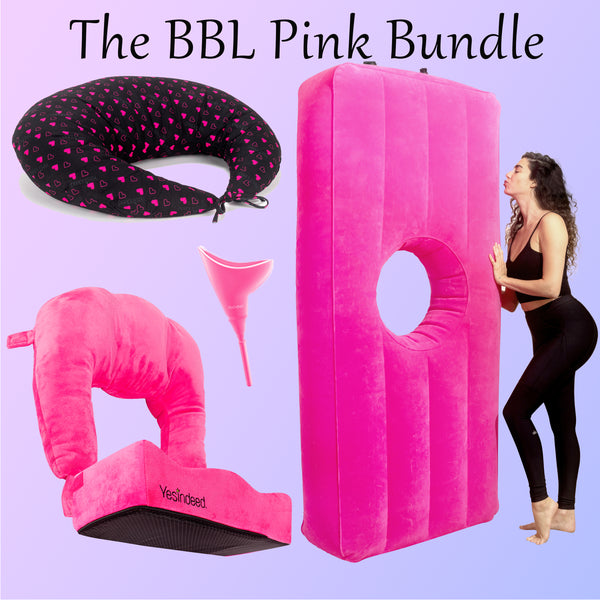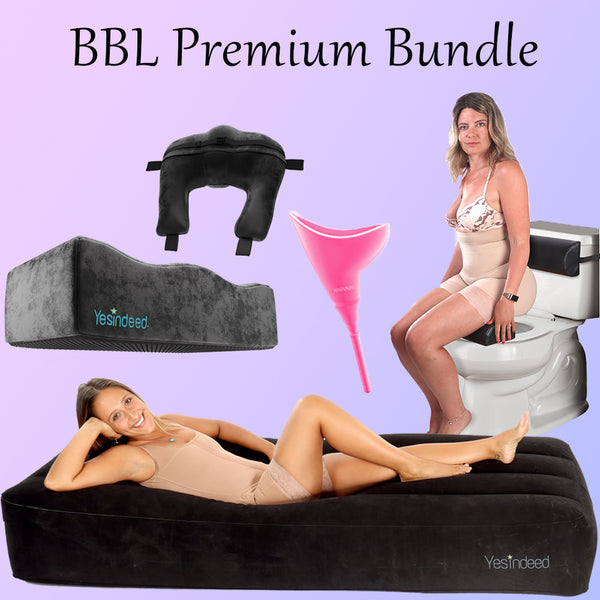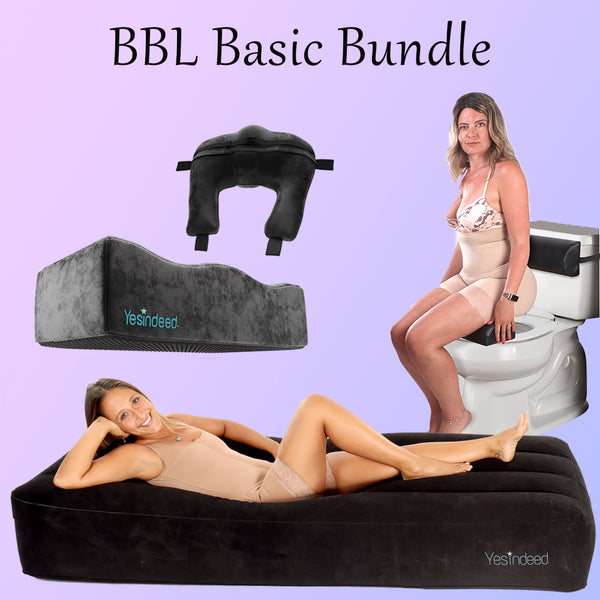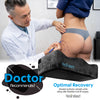As the battle against stubborn fat continues, two heavyweight champions reign supreme: CoolSculpting and Liposuction. Both are seductive contenders in the fight for a slimmer, sleeker you. But which one will be your knight in shining armor, efficiently banishing unwanted flab? This illuminating blog post will delve into the nitty-gritty of both procedures, aiming to provide clarity and guide you towards the fat-removal method just right for your body and lifestyle. Stay tuned as we uncloak these modern-day marvels of cosmetic science!
CoolSculpting and Liposuction are two methods of fat reduction, with CoolSculpting being non-surgical and Liposuction being surgical. CoolSculpting uses freezing temperatures to reduce localized subcutaneous fat, while Liposuction involves suctioning out fat cells. Recovery time after a CoolSculpting session is fairly quick with minimal discomfort, while recovery after Liposuction surgery takes several months to one year. Patients should consult with a healthcare professional to assess which procedure best fits their individual goals and needs.
Understanding CoolSculpting

CoolSculpting has gained immense popularity as a non-surgical fat removal method, offering an alternative to invasive procedures like liposuction. This innovative technique utilizes cryolipolysis, a process that freezes and eliminates fat cells from targeted areas of the body. The allure of CoolSculpting lies in its ability to sculpt the body without any incisions or downtime.
Unlike liposuction, which involves surgery and anesthesia, CoolSculpting is a non-invasive procedure that appeals to individuals seeking a convenient and relatively painless way to reduce stubborn pockets of fat. It has generated over $2 billion in revenue and has been well studied with more than 100 scientific publications, solidifying its position as a popular choice for many.
However, it's important to understand the potential risks and limitations associated with CoolSculpting. One serious side effect is called paradoxical adipose hyperplasia (PAH), which has been reported by some patients who have undergone the procedure. PAH involves the abnormal growth and hardening of fat cells in the treated area, often taking on the shape of the device's applicator. While this side effect is rare – the company behind CoolSculpting claims it occurs in only 0.033 percent of treatments – an investigation by The New York Times suggests that it may be higher than advertised.
Moreover, there have been allegations that Allergan Aesthetics, the company that owns CoolSculpting, restricts patients from speaking openly about their problems through confidentiality agreements and stopped reporting PAH as a side effect to federal regulators. This lack of transparency raises concerns about patient safety and underscores the importance of thorough research and consultations with healthcare professionals before considering CoolSculpting as an option.
Now that we have a better understanding of CoolSculpting as a fat removal method, let's delve into the process itself and explore how it works.
- As reported by the American Society of Plastic Surgeons, in 2016, Liposuction was the second most popular cosmetic surgical procedure with over 235,000 surgeries performed in the United States.
- During the same period, nonsurgical fat reduction procedures such as CoolSculpting saw an increase in popularity by nearly 6%.
- In a comparative review study conducted in 2023, it was found that while both treatments were effective, roughly 95% patients reported satisfaction with Liposuction results while about 80% were satisfied with their CoolSculpting outcomes.
The CoolSculpting Process

The CoolSculpting process begins with a consultation with a qualified physician or healthcare provider who will assess your body contouring goals and determine if you are a suitable candidate for the procedure. It is crucial to discuss your medical history, any underlying conditions, or previous surgical procedures to ensure the safety and efficacy of CoolSculpting.
Once deemed eligible, the treatment plan will be customized to target specific areas where you desire fat reduction. The most common areas treated include the abdomen, flanks (love handles), thighs, upper arms, and double chin. The applicator is selected based on the size and shape of the treatment area, ensuring precise targeting of unwanted fat cells.
For instance, if you are looking to eliminate love handles, an applicator specifically designed for that region will be used. The applicator uses controlled cooling technology to freeze the fat cells beneath the skin without causing damage to surrounding tissues or muscles.
During the procedure, you can expect to feel intense coldness and mild suction as the applicator adheres to your skin. As the cooling process begins, you may experience sensations of numbing or tingling in the treated area. However, discomfort is generally minimal, allowing many patients to read, work on their laptops, or even take a nap during the session.
Over time – typically within a few weeks or months – your body naturally eliminates the frozen fat cells through its metabolic processes. The gradual nature of this elimination prevents sudden changes in body contours and allows for more natural-looking results. It's important to note that multiple treatments may be required to achieve desired outcomes based on individual factors such as the amount of excess fat and treatment goals.
Now that we have explored the CoolSculpting process in detail, let's shift our focus to liposuction and understand how it compares as a fat removal method.
Unpacking Liposuction
Liposuction is a popular and well-established surgical procedure designed to remove stubborn fat deposits from various areas of the body. It has been performed for several decades and has evolved over time to become safer, more efficient, and with quicker recovery periods. This procedure offers individuals an effective solution to target areas that are resistant to diet and exercise.
When considering liposuction, it's important to understand that it is not a weight loss tool but rather a method to sculpt and contour the body by removing localized pockets of fat. Common treatment areas include the abdomen, hips, thighs, buttocks, arms, back, and chin. However, it can be tailored to address specific concerns unique to each individual.
Before undergoing liposuction, a thorough consultation with a board-certified plastic surgeon is necessary. The surgeon will evaluate your overall health status, discuss your goals and expectations, and determine if you are an ideal candidate for the procedure. It's vital to have realistic expectations about the outcome and understand the potential risks involved.
Now let's explore the details of the liposuction procedure itself.
The Liposuction Procedure

The liposuction procedure typically begins with the administration of anesthesia. The type of anesthesia used may vary depending on the extent of treatment required and surgeon preference - general anesthesia or local anesthesia with sedation.
Once you are comfortably sedated or under general anesthesia, small incisions are made strategically in inconspicuous locations near the treatment area(s). Through these incisions, a thin tube called a cannula is inserted. The cannula is connected to a surgical vacuum or syringe device that suctions out excess fat cells from beneath the skin.
The surgeon skillfully maneuvers the cannula in a controlled back-and-forth motion to break up and dislodge fat cells before removing them. This process sculpts the target area(s) and creates a more proportionate and contoured appearance. The procedure duration will depend on the specific areas being treated.
After completing the fat removal process, the incisions are closed with sutures or small adhesive strips. The surgeon may choose to place temporary drainage tubes under the skin to prevent fluid buildup and aid in the healing process. A compression garment is typically worn post-operatively to reduce swelling, promote proper healing, and help contour the treated area(s).
Recovery time varies for each individual, but most patients can expect some swelling, bruising, and discomfort for a few weeks following the procedure. It's important to closely follow the post-operative care instructions provided by your surgeon to ensure optimal healing and results.
Assessing CoolSculpting vs Liposuction
When it comes to choosing the right fat removal method, CoolSculpting and liposuction are two popular options that individuals often consider. Understanding their key differences is crucial in making an informed decision about which method aligns best with your goals and body type.
CoolSculpting, also known as cryolipolysis, is a non-surgical procedure that freezes fat cells using controlled cooling. It is commonly used for small areas of stubborn fat that haven't responded to diet and exercise, such as the chin, abdomen, back, thighs, and love handles. This treatment has gained popularity due to its minimal recovery time and mild side effects like redness, bruising, swelling, tenderness, and numbness.
On the other hand, liposuction is a surgical procedure that suctions fat deposits out of the body through small incisions. It is more effective for larger areas of stubborn fat and provides more significant results compared to CoolSculpting. However, it requires longer recovery time (typically 2-3 days) and may have side effects such as pain, bruising, swelling, bleeding at the incision sites, and temporary numbness or changes in skin sensation.
It's important to note that the choice between CoolSculpting and liposuction depends on various factors specific to each individual. Consulting with a board-certified dermatologist can help you assess your goals, body type, and medical history to determine which option is most suitable for you. They will evaluate factors such as the amount of fat to be removed, desired results, overall health condition, and any underlying medical issues.
Think of it like customizing a workout plan - you need to consider your fitness goals, body composition, and personal preferences before deciding on exercises that will give you the desired results. Similarly, with fat removal methods, a tailored approach is essential.
Evaluating The Pros And Cons
Now that we have established an understanding of CoolSculpting and liposuction, let's evaluate the pros and cons of each method to further assist in your decision-making process.
CoolSculpting Pros:
- Non-surgical: CoolSculpting eliminates the need for surgery, resulting in minimal downtime and reduced risks associated with surgical procedures.
- Targeted treatment: The procedure can be performed on specific areas where stubborn fat accumulates, allowing for precise contouring.
- Minimal side effects: Most individuals experience mild side effects such as redness, bruising, and swelling, which typically resolve within a few days.
- Gradual results: CoolSculpting provides gradual but noticeable reduction in fat over time as the body naturally eliminates the treated fat cells.
- Versatility: It can be combined with other treatments like Zimmer Z Wave or CoolTone for enhanced results.
CoolSculpting Cons:
- Limited scope: CoolSculpting is best suited for smaller areas of fat. If you have larger areas or significant amounts of fat to remove, liposuction may be more effective.
- Multiple sessions: Some individuals may require multiple treatment sessions to achieve their desired results since CoolSculpting offers a gradual reduction in fat.
- Results timeline: It can take several months to fully eliminate the treated fat cells, so patience is required for visible outcomes.
Liposuction Pros:
- Significant fat removal: Liposuction allows for the removal of larger volumes of fat in a single procedure, providing more immediate and dramatic results compared to CoolSculpting.
- Customizable contours: Since liposuction is performed surgically, it provides greater flexibility in reshaping various body areas and achieving desired contours.
- Long-lasting results: Once the fat cells are suctioned out, they are permanently removed from the body, making liposuction results long-lasting with proper maintenance.
Liposuction Cons:
- Surgical procedure: Liposuction involves surgery, which carries inherent risks such as bleeding, infection, anesthesia complications, and a longer recovery time.
- More invasive: Compared to the non-invasive nature of CoolSculpting, liposuction requires incisions and can result in noticeable scarring.
- Extended recovery: Recovery from liposuction typically takes a few weeks for initial healing and several months for the full resolution of swelling and optimal results.
Ultimately, deciding between CoolSculpting and liposuction depends on your individual goals, preferences, and body type. It is essential to have an open discussion with a qualified healthcare professional who can guide you through the decision-making process based on your unique circumstances.
With an understanding of the pros and cons of both treatments, let's now explore what you can expect in terms of results and recovery from each method.
Expected Results And Recovery Of Each Treatment
When considering fat removal methods like CoolSculpting and liposuction, it's crucial to have a clear understanding of the expected results and recovery process associated with each treatment. Both procedures aim to eliminate stubborn fat deposits, but they differ in their approach and the outcomes they offer.
CoolSculpting
CoolSculpting, a non-surgical fat reduction method, utilizes cryolipolysis to freeze and destroy fat cells. This procedure targets specific areas of the body, such as the abdomen, thighs, or love handles. Given its non-invasive nature, CoolSculpting boasts minimal downtime and low risks compared to liposuction.
The results of CoolSculpting are not immediate but gradually become apparent over several weeks or months. The treated area may initially show some redness, swelling, or numbness, but these side effects typically subside quickly. As the body naturally eliminates the destroyed fat cells, patients notice a reduction in fat bulges and an improved contour.
It's important to note that while CoolSculpting can effectively reduce fat in targeted areas, it is not recommended for significant weight loss or as an alternative to a healthy lifestyle. Results vary depending on each person's unique anatomy and goals. Some individuals may require multiple sessions to achieve their desired outcome.
Liposuction
Liposuction is a surgical procedure that involves the physical removal of excess fat through suction. It can address larger areas of the body and provide more dramatic results compared to CoolSculpting. This invasive technique allows for precise fat removal and contouring.
Following liposuction, patients can expect some bruising, swelling, and discomfort in the treated area. The Liposuction recovery period generally requires more downtime compared to CoolSculpting. Compression garments may need to be worn to support healing and maintain optimal results.
While liposuction provides immediate results, it's crucial to understand that the final outcome may take time to fully manifest. Swelling and bruising gradually subside over several weeks or months, revealing a more contoured appearance.
It's essential to consult with a qualified plastic surgeon or dermatologist to determine which fat removal method is best suited for your specific needs and goals. Factors such as the amount of fat to be removed, desired outcome, recovery time, and individual health considerations should all be taken into account.
Remember, every individual's body and preferences are unique, so what works for one person may not be ideal for another. It's also worth noting that both CoolSculpting and liposuction are not weight loss procedures but rather tools for body contouring.
Now that we have explored the expected results and recovery processes of each treatment, let's dive deeper into other important aspects such as safety, potential risks, and costs associated with CoolSculpting vs. liposuction.
Can Both Procedures Be Used For Any Area Of The Body Or Are There Limitations?
Both CoolSculpting and liposuction can be used for various areas of the body, but there are some limitations. CoolSculpting is FDA-approved for treating specific areas like the abdomen, flanks, thighs, and double chin. Liposuction, on the other hand, can be used on a wider range of body parts including the abdomen, buttocks, arms, and even knees. However, it's important to consult with a doctor to determine which procedure is suitable based on individual needs and goals.
What Are The Medical Risks Associated With Each Procedure?
Both CoolSculpting and liposuction have potential medical risks, although they differ in nature. CoolSculpting carries a risk of temporary side effects such as bruising, swelling, and numbness, while liposuction involves surgical risks like infection, bleeding, and anesthesia complications. According to a study published in the Aesthetic Surgery Journal in 2017, the overall complication rate for liposuction is around 1-5%. It's crucial to consult with a qualified healthcare professional to evaluate individual risks and determine the most suitable fat removal method.
What Are The Costs Associated With Both CoolSculpting And Liposuction?
The costs associated with CoolSculpting and Liposuction vary depending on factors such as the treatment area, geographical location, and the expertise of the provider. On average, CoolSculpting sessions can cost between $2,000 and $4,000 per cycle, with multiple cycles often required for optimal results. Liposuction costs range from $3,000 to $10,000 or more, depending on the extent of the procedure and the surgeon's experience. It is important to consult with a professional and consider individual goals when determining which fat removal method aligns with your budget.
How Long Does It Take To See Results From CoolSculpting Compared To Liposuction?
The results from CoolSculpting and Liposuction can vary in terms of when they become noticeable. With CoolSculpting, it typically takes around 3 to 4 weeks to start seeing initial improvements, with the full effects becoming apparent within 2 to 3 months. On the other hand, Liposuction offers more immediate and dramatic results, with noticeable changes visible almost immediately after the procedure. However, it's important to keep in mind that both treatments require time for the body to fully heal and for any swelling to subside. Statistics show that CoolSculpting has a patient satisfaction rate of around 73%, while Liposuction boasts a higher satisfaction rate of approximately 89%. Ultimately, the decision between CoolSculpting and Liposuction should be based on individual goals, preferences, and consultation with a qualified medical professional.
Are There Any Non-surgical Alternatives That Can Achieve Similar Results To CoolSculpting Or Liposuction?
Yes, there are non-surgical alternatives that can achieve similar results to CoolSculpting or Liposuction. One such alternative is a procedure called SculpSure, which uses laser technology to target and eliminate fat cells. Studies have shown that SculpSure can reduce up to 24% of fat in the treated area. Another option is truSculpt, which utilizes radiofrequency energy to heat and destroy fat cells. Clinical trials have demonstrated a significant reduction in fat thickness after truSculpt treatments. While these non-surgical options may not be as effective for larger volumes of fat removal, they offer a less invasive alternative with minimal downtime compared to CoolSculpting or Liposuction.









